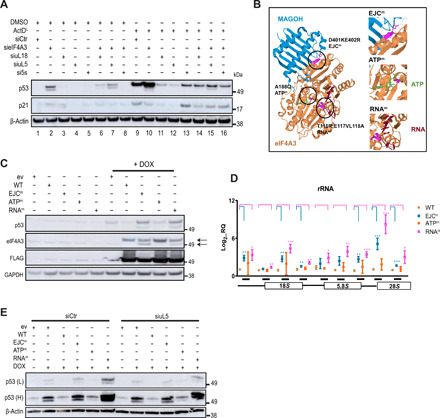Fig. 5. EIF4A3’s EJC and RNA binding domains are essential for IRBC-mediated p53 induction.

(A) p53 and p21 levels measured by immunoblotting in U2OS treated with sieIF4A3 ± siRNAs against all components of the 5S RNP complex (uL18, uL5, and 5S rRNA) in the presence of ActDL or DMSO vehicle. (B) Left: Graphic illustration of the structural interaction between eIF4A3 (gold) and MAGOH (blue). Encircled residues in magenta refer to eIF4A3 amino acid positions subjected to mutagenesis. Right: Amplification of the mutated regions (green, ATP; red, RNA) (eIF4A3EJCm, D401KE402R; eIF4A3ATPm, A188Q; eIF4A3RNAm, T115R;E117VL118A; table S4A). (C) Immunoblotting showing p53, eIF4A3, and FLAG protein levels in engineered U2OS cells carrying WT or mutant eIF4A3 before and after DOX induction. Arrows depict endogenous and ectopically expressed FLAG-eIF4A3. GAPDH, glyceraldehyde-3-phosphate dehydrogenase. (D) Quantification of different rRNA species in U2OS ectopically expressing WT or mutant eIF4A3 using multiple primer sets. The inset below the graph depicts primer positioning relative to 47S rRNA. Data are shown as means ± SD; n = 3 biological replicates; *P < 0.05, **P < 0.01, and ***P = 0.01; nonsignificant values are not shown. (E) p53 protein levels in engineered U2OS cells following DOX-mediated induction of WT or mutant eIF4A3 ± siRNAs against uL5. (L), low exposure, (H), high exposure.
